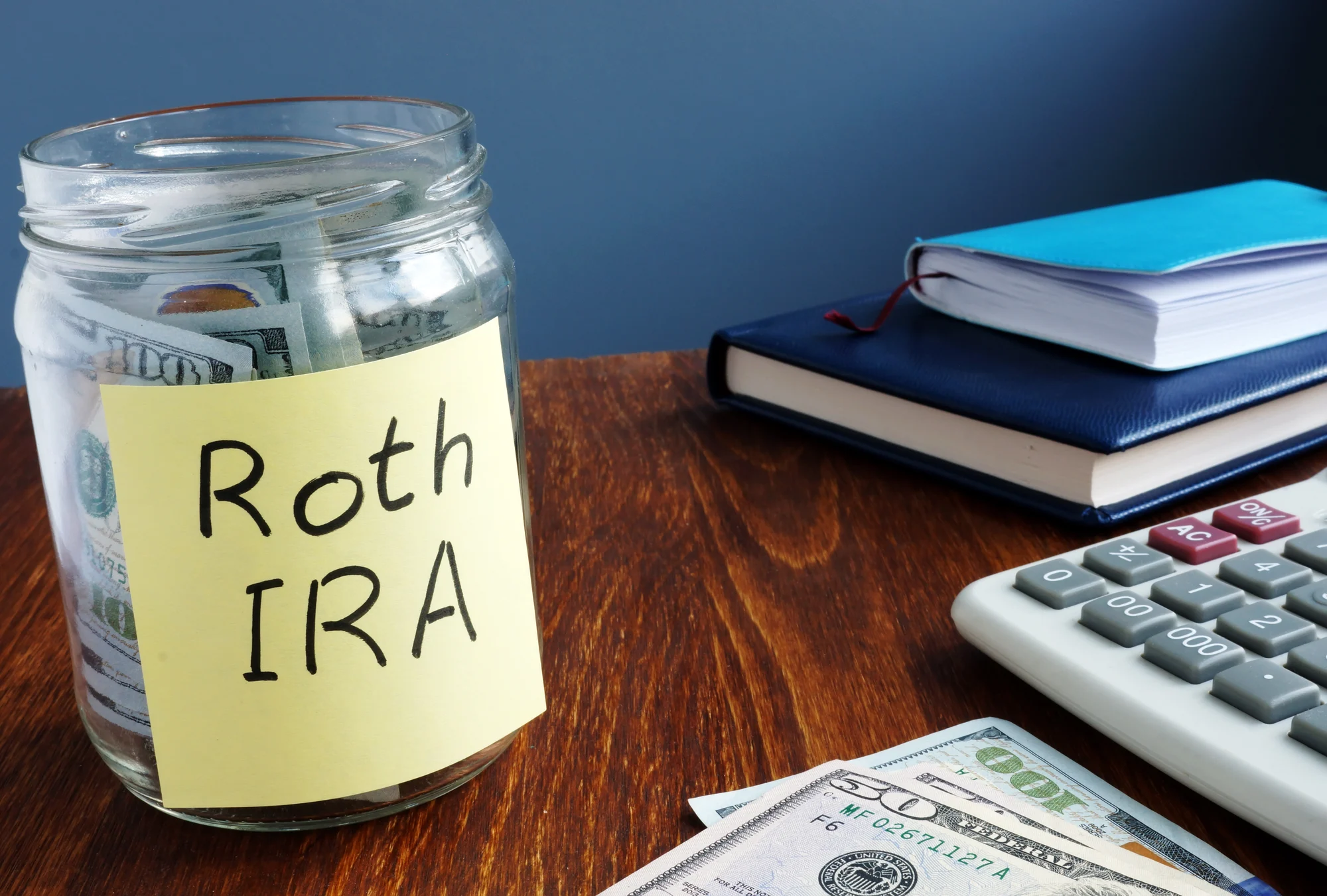The more tax-efficient you are with your retirement money, the further each dollar can go for you.
Once you retire, your salary will stop, but most of your bills will keep on coming. That makes it pretty important to figure out how to keep your tax burden down in retirement to help ensure the money you do have available can go as far for you as possible.
With that in mind, there are three accounts you may have access to that will be guaranteed to help minimize your taxes in retirement. They are a Roth IRA, a Roth 401(k), and a health savings account (HSA). All three offer a path to some level of completely tax-free money in retirement, making them incredibly important accounts to know about and consider as part of your plan.
Health savings accounts
If you are covered by only a qualifying high-deductible health insurance plan, you can contribute to an HSA. Money in these accounts is especially beneficial due to being triple tax-advantaged:
- You can contribute to your HSA with pre-tax dollars.
- Money in the HSA grows tax-deferred while in the account.
- You can use the money in your account tax-free to pay for qualified medical expenses.
That ability to pay for qualified medical expenses tax-free is one of the most powerful features of HSAs when it comes to minimizing your taxes in retirement. After all, healthcare expenses tend to increase as you age, so having a tax-free source of funds to pay those costs can go a long way toward keeping your taxes down.
Roth 401(k)
If your employer offers a Roth 401(k), you are eligible to contribute to it. In 2023, the maximum contribution limit for a Roth 401(k) is $22,500 per year for those under age 50 or $30,000 for those age 50 and up. You do need enough earnings from your salary to cover your contribution. Note that you may have a lower limit if considered a highly compensated employee. In addition, your employer may limit the percentage of your salary you’re allowed to contribute.
You pay ordinary income taxes on the money you contribute to your Roth 401(k), but while it’s in the plan, the money grows tax-deferred. Once you reach eligibility — generally age 59 and a half, with the account funded for at least five years — you can take money out of your Roth 401(k) completely tax-free.
Those tax-free withdrawals can come in incredibly handy if you want to minimize your taxes in retirement. In addition, unlike HSAs, which allow money to be withdrawn completely tax-free only to pay medical expenses, once you’re eligible, money can be withdrawn from your Roth 401(k) tax-free for any reason. The combination of fairly high contribution limits and flexible use of your money once eligible makes a Roth 401(k) a great plan to help minimize your taxes in retirement.
Roth IRA
A Roth IRA can be an incredibly powerful tool in your retirement planning arsenal. Once you’re eligible — generally age 59 and a half, with a Roth IRA funded for at least five years — money can be taken out of your Roth IRA completely tax-free for any purpose. In addition, since required minimum distributions are not mandatory for Roth IRAs within the original account owner’s lifetime, your money can compound in your plan tax-free for life.
If you have income from work, you are eligible to contribute to some form of an IRA. Contributions to a Roth IRA are made with after-tax dollars. To contribute to a Roth IRA directly, your income must be below certain limits. For 2023, your ability to contribute to your Roth IRA starts being limited if your modified adjusted gross income is at or above:
- $218,000 if you’re married filing jointly or a qualifying widow(er)
- $0 if you’re married filing separately and lived with your spouse at any time during the year
- $138,000 if you’re single, head of household, or married filing separately and did not live with your spouse at any time throughout the year
If you can’t directly contribute to a Roth IRA, you may be able to get money into one indirectly via a backdoor Roth IRA contribution. To do that, you would contribute to a traditional IRA and then convert the contribution amount to a Roth IRA shortly thereafter. If you have no other balance in your traditional IRA, the tax treatment is similar to making a direct Roth IRA contribution. Do note that if you have an existing balance in your traditional IRA, your conversion taxes may be higher due to a pro-rata rule.
If there’s a downside to Roth IRAs, it’s that contribution amounts are fairly limited. For those below age 50, it’s $6,500 per year in 2023. For those aged 50 and up, it’s $7,500 in 2023. Still, the flexibility and tax-free nature of qualifying withdrawals make a Roth IRA a stupendous tool for minimizing your taxes in retirement.
Get started now
Although HSAs, Roth 401(k)s, and Roth IRAs are all incredibly powerful tools for minimizing your taxes in retirement, they all work best if you start investing in them well before you reach retirement age. You will never again have more time before retirement than you do right now, so make today the day you get your plan in place to take advantage of these opportunities. The sooner you get started, the more precious time you will have on your side to make the most of these tax-minimizing tools.

